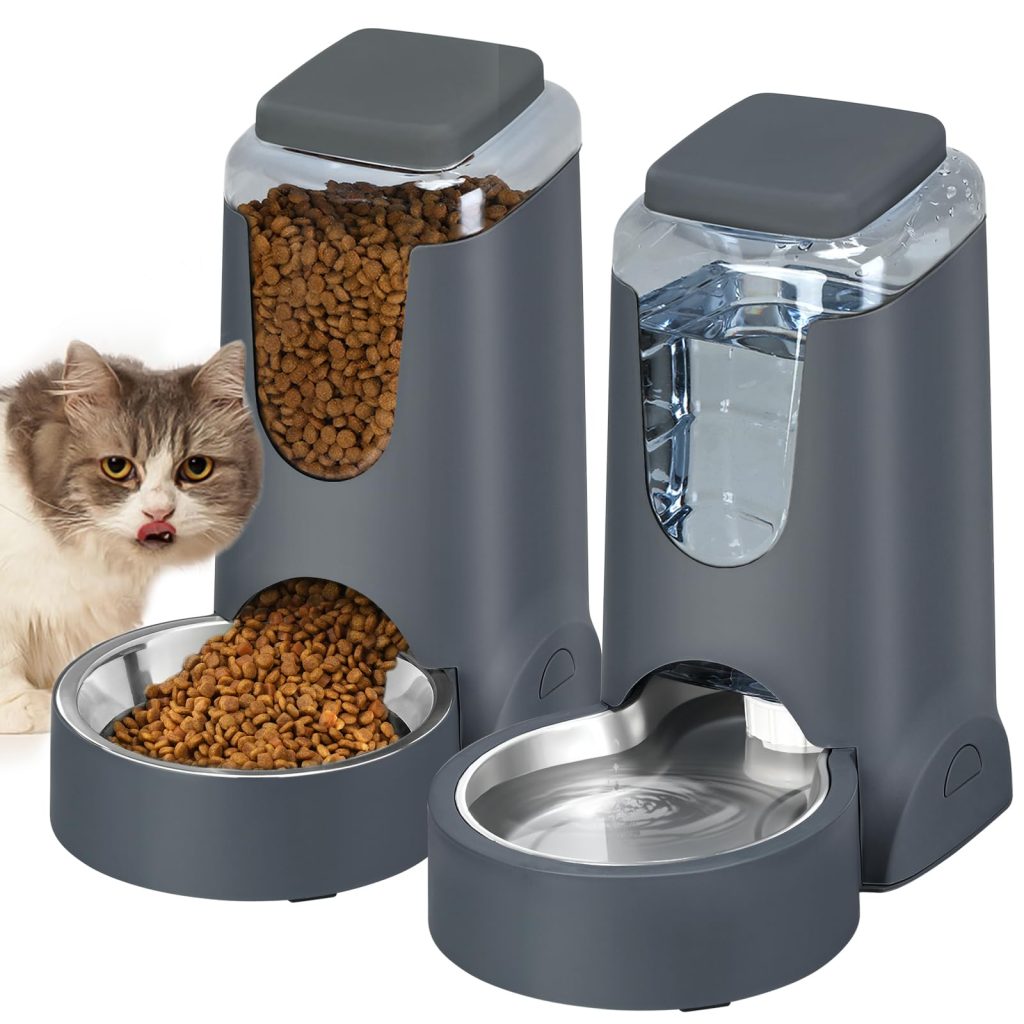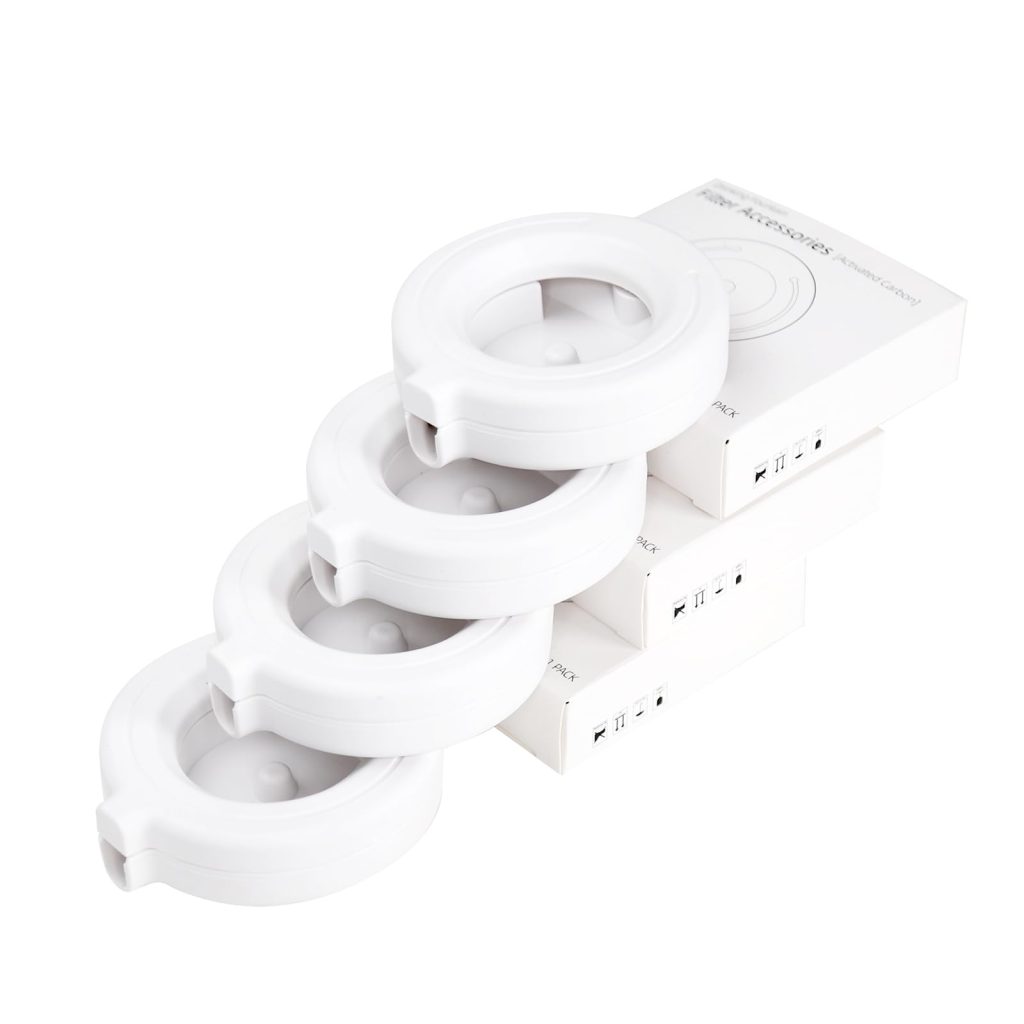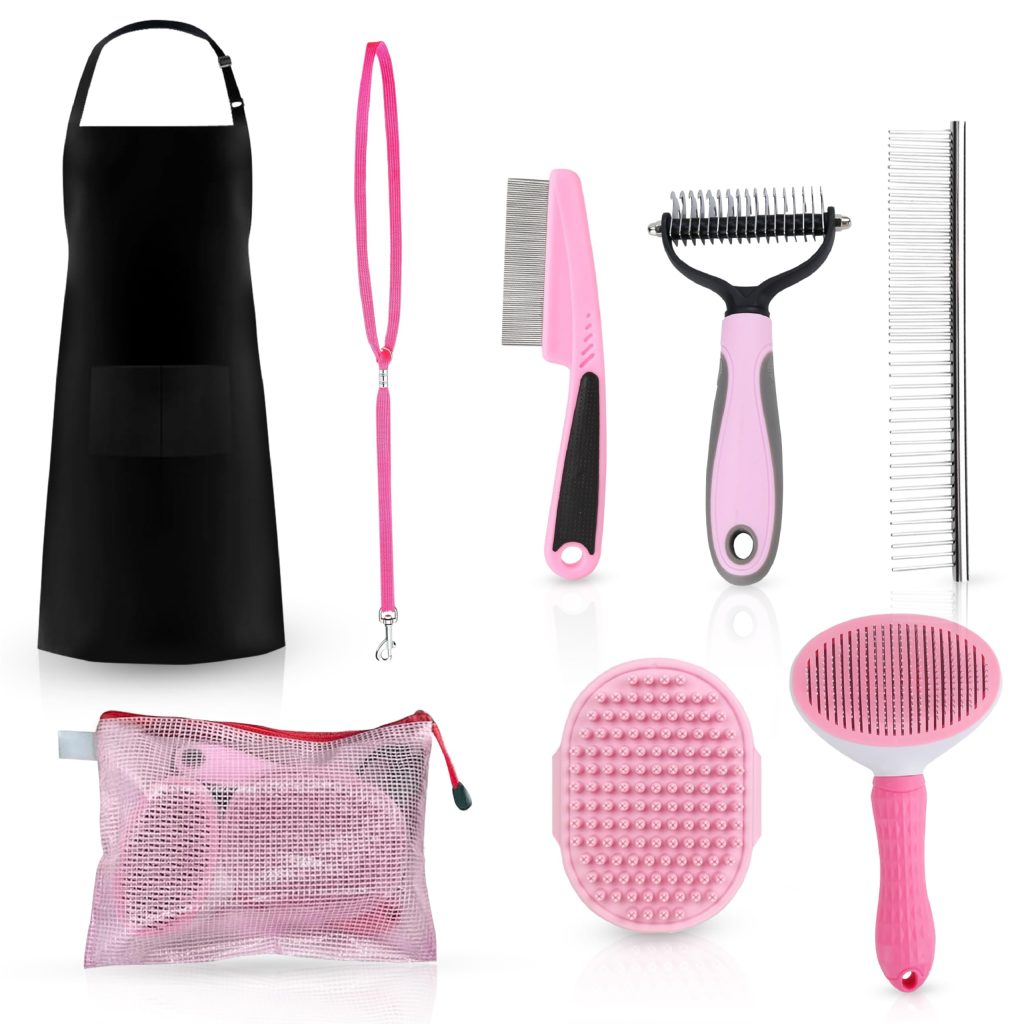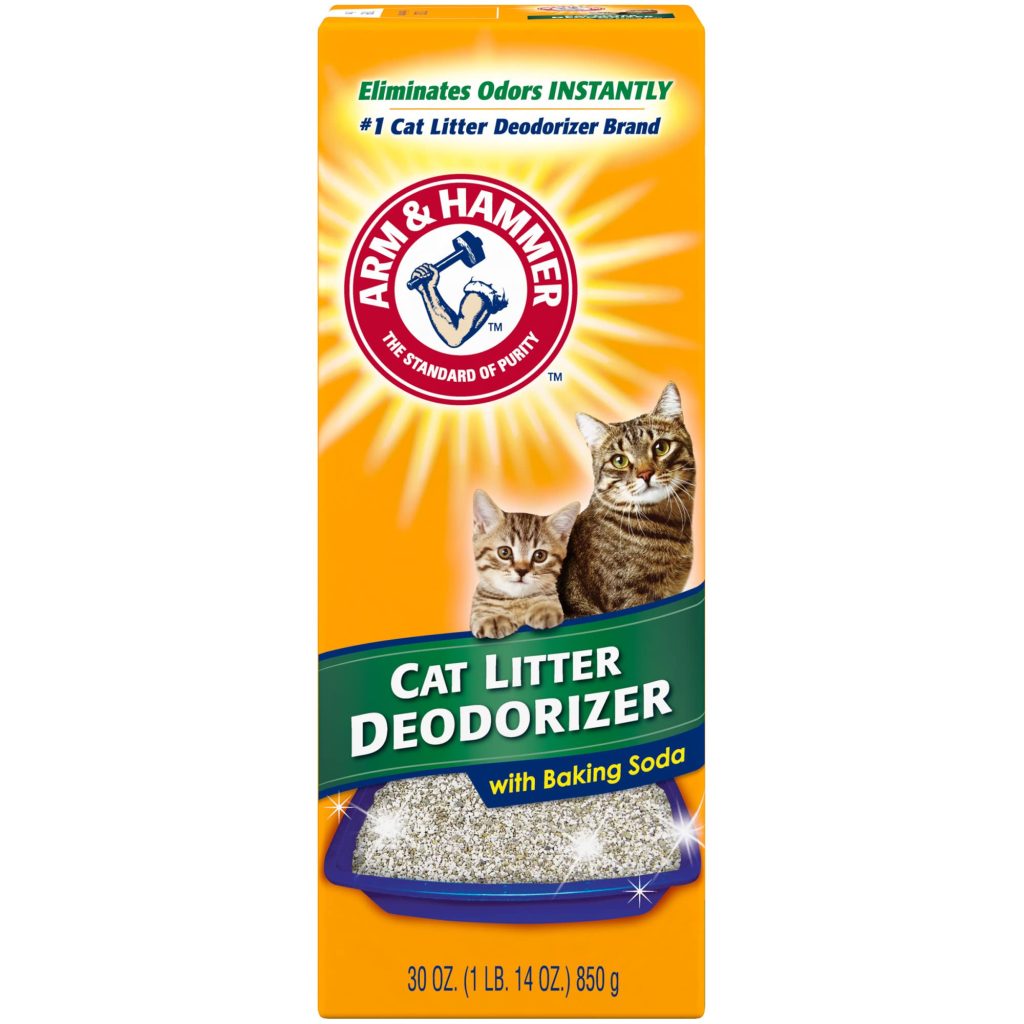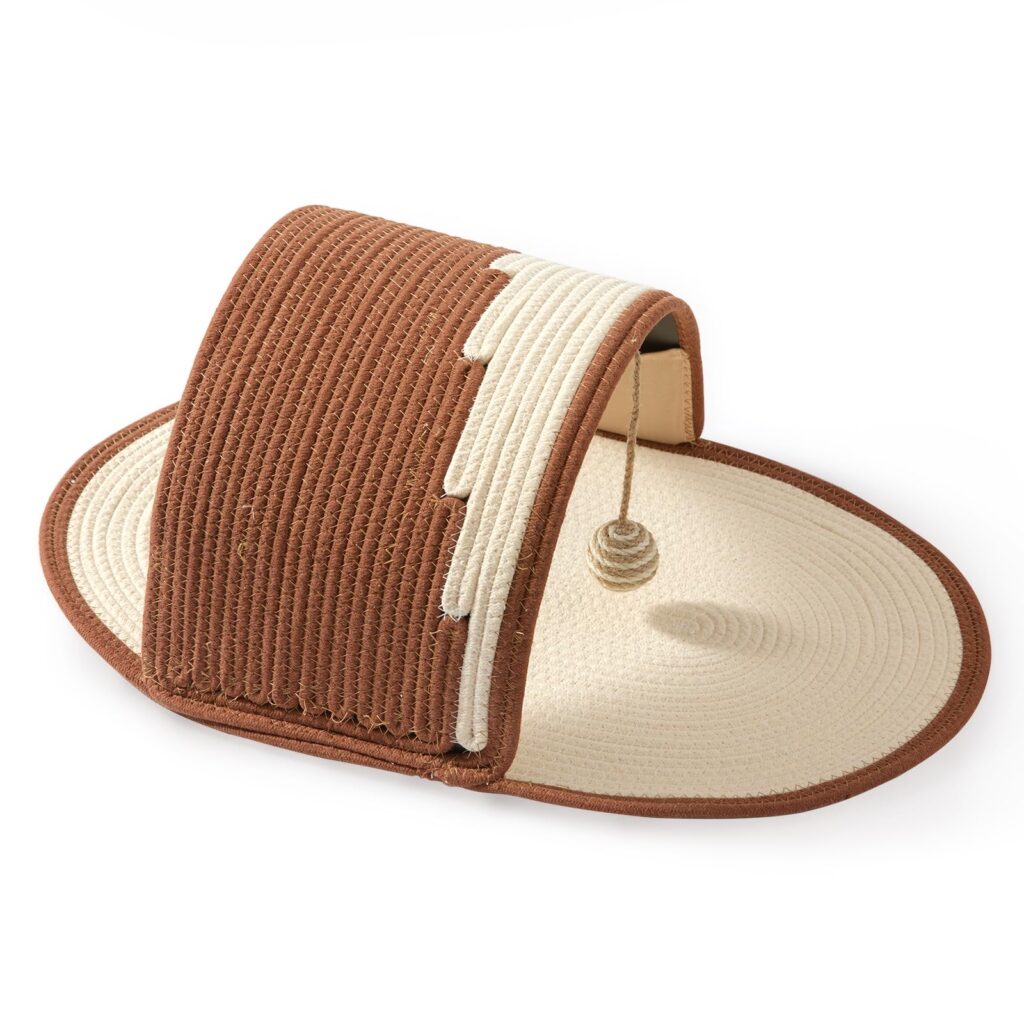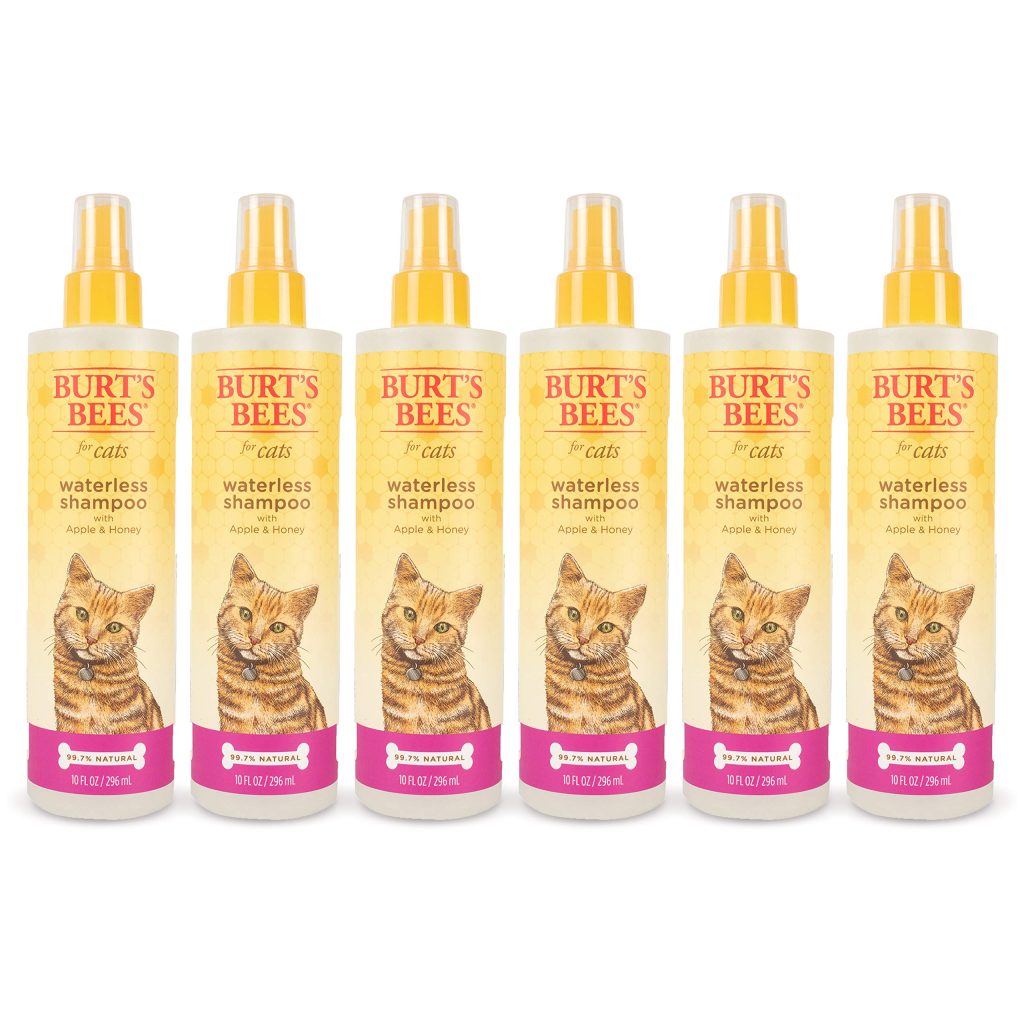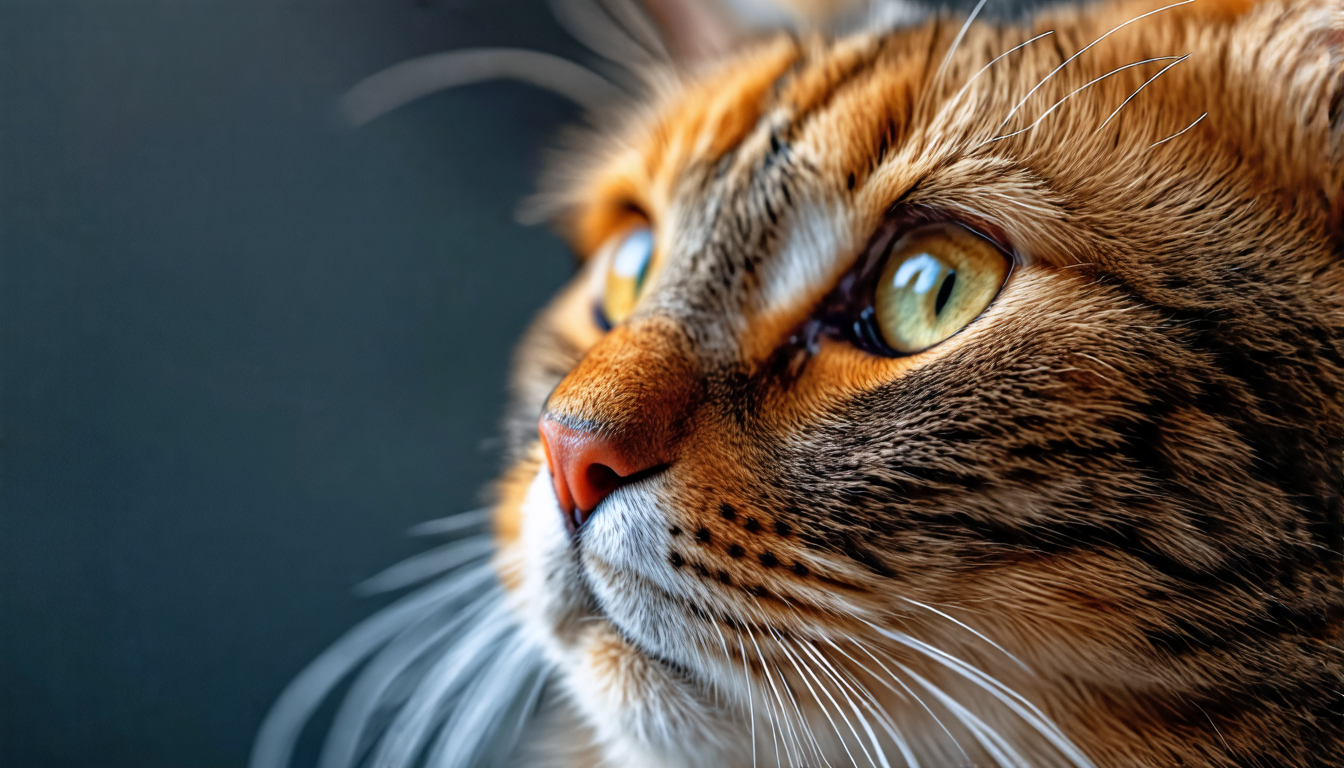
Cat hair allergies, although prevalent, are often misunderstood by many pet owners who share their homes with these magnificent creatures. It’s essential to recognize that what people typically refer to as cat hair allergies is actually an allergic reaction to proteins found in a cat’s saliva, skin, and urine, which are commonly spread throughout the environment via the shedding of fur. When a cat grooms itself, these proteins become entrapped in the hair, and as shedding occurs, they infiltrate the dander that floats in the air and settles on surfaces, making it possible for both humans and other pets to be affected.
For countless cat lovers, the sight of their beloved feline curling up in their lap or playfully tumbling around the house is heartwarming. However, the comfort derived from these interactions can be fleeting if allergy symptoms begin to manifest. It is fascinating to delve deeper into the biological underpinnings of this issue, as the proteins responsible for these reactions, notably Fel d 1, are produced by the sebaceous glands and represent one of the most potent allergens known to mankind. Studies have shown that some cat breeds produce lower levels of these allergens, making them more suitable for allergy sufferers without compromising the bond formed with their pets.
Understanding the complexity of cat hair allergies not only sheds light on the biology behind allergic reactions but also emphasizes the significance of feline health. When allergens provoke an immune response in sensitive individuals, it can lead to inflammation and a cascade of other health concerns, such as asthma or chronic sinusitis. Therefore, it becomes crucial to recognize the impact that cats have on their human companions and vice versa. For example, maintaining the overall health of your feline friend through proper nutrition can mitigate excessive shedding and dander production. A high-quality diet enriched with omega fatty acids may contribute to healthier skin and fur, potentially reducing the allergen load present in the home environment.
Moreover, ensuring regular veterinary checkups and vaccinations enhances your cat’s immunity, enabling them to remain robust against infections that could exacerbate allergens in the home. The bond between humans and animals flourishes in symbiosis; by maintaining your cat’s health, you foster an environment less conducive to the allergens that trigger reactions. The process of grooming—both by the cat and the human—serves as an integral part of this interaction, where affection and care play a pivotal role in minimizing allergens and maximizing comfort.
Additionally, ponder integrating specific hygiene practices to control the allergen levels present in your surroundings. Frequent vacuuming and the use of HEPA filters can significantly lessen the respiratory impact of allergens. Thoughtful adaptations to your living space, such as creating designated areas for your cat to enjoy without encroaching upon commonly used human spaces, can also yield positive results. These actions not only reassure those who suffer from allergies in your home but also promote the well-being and happiness of your feline companion.
In essence, acknowledging and comprehending cat hair allergies involves a robust interplay between feline health, environment management, and proactive pet ownership, emphasizing that prevention through care and understanding can yield remarkable benefits not only for our furry friends but equally for their human families. As one might say, “A dog is a man’s best friend, but a cat is a man’s best therapist.” The synergy between cat care and allergy management paves the way for nurturing an environment filled with love devoid of discomfort.
Symptoms of cat hair allergies
The nature of symptoms associated with cat hair allergies can be complex, weaving a tapestry of physical manifestations that vary widely from one individual to another. The initial signs often present subtly, simmering beneath the surface before escalating into more pronounced reactions. Those afflicted may experience nasal congestion, sneezing, and itchy, watery eyes, akin to the watery reflections from a lake in the springtime. These symptoms can emerge shortly after interaction with a feline, indicating a swift response from the immune system against the offending proteins.
Beyond the classic respiratory issues, some individuals may experience skin reactions, characterized by hives, redness, or localized swelling where a cat’s hair has come into contact with their skin. Such dermatitis can be particularly distressing, not only due to the physical discomfort but also because it disrupts the intimacy that many cherish with their feline companions. In some cases, exposure may lead to more systemic effects such as wheezing or shortness of breath, especially for those who suffer from asthmatic conditions.
“It’s not the fur that causes the problem; it’s the allergens that stick to it.”
Indeed, this insight underlines the importance of understanding the fundamental triggers of the symptoms, allowing for targeted management strategies. For instance, a sneeze might signal the touch of a beloved whisker, but it could also represent a larger challenge in the dynamic between a person and their pet. Furthermore, the emotional and psychological toll of managing allergic reactions can weigh heavily on an individual, often leading to feelings of frustration or helplessness.
Proactively seeking to manage these symptoms is fundamental for fostering a peaceful coexistence between allergy sufferers and their feline friends. Paying attention to environmental factors is critical; for example, the production of allergens often escalates during peak shedding seasons, which can manifest as a flurry of fur floating in the air. Being mindful of these cycles allows allergy-prone individuals to prepare accordingly, perhaps incorporating additional cleaning measures during peak shedding periods.
Effective management also extends into the realm of lifestyle adjustments. Little changes in daily routines—such as designating cat-free zones or investing in specialized air purifiers—can lead to significant improvements. In doing so, the ripple effect positively impacts both the human experience and the cat’s environment, providing a sanctuary that is more conducive to well-being. It’s equally important to recognize that the well-being of the cat can never be overlooked; a happy and exercised feline may groom less frequently, reducing the spread of allergens.
The symptoms of cat hair allergies can also create barriers that inhibit positive interactions between humans and their feline counterparts. A sneeze, an itch, or a wheeze can overshadow the sheer joy and companionship that a cat offers. It’s essential to create spaces where both the needs of the human and the needs of the pet are harmoniously balanced, fostering a relationship that underscores mutual respect and understanding.
Through a nuanced appreciation of the symptoms associated with cat hair allergies, one can cultivate a pathway of shared understanding and care, which not only alleviates discomfort but also preserves the cherished bond that humans and cats have cultivated over generations. As you navigate this delicate balance, consider the profound truth that “the best therapist has fur and four legs,” and ensure that your journey alongside your feline companion remains as enriching as it’s harmonious.
Effective management strategies
Managing cat hair allergies effectively necessitates an approach that is multi-faceted, embracing not only changes within the home environment but also considerations concerning the diet and overall health of your feline companion. Central to this strategy is the understanding that your cat’s well-being directly influences allergen production, hence making the connection between their nutritional needs and your management efforts paramount. An exemplary diet this is rich in essential fatty acids, particularly omega-3 and omega-6, can significantly enhance the condition of a cat’s skin and coat, reducing excessive shedding and providing a natural means of limiting allergen spread.
Beyond dietary components, hydration plays an equally critical role; a well-hydrated cat is less prone to dry skin, which can exacerbate shedding and dander release. Cats are notorious for being finicky drinkers, so encourage water intake through the use of pet water fountains or flavored water additives, promoting not just hydration but also engagement.
To facilitate the management of allergens, regular grooming is indispensable. This ritual serves as both an act of love and a practical means of controlling fur and dander. By brushing your cat consistently, you can remove loose hairs before they have the chance to become airborne. Furthermore, ponder employing grooming products specifically designed to reduce allergens, including wipes and sprays that can neutralize proteins in your cat’s fur. Regular baths, conducted with gentle, hypoallergenic shampoos, can also aid in keeping allergens at bay, creating a barrier against the accumulation of dander.
“Caring for a pet means caring for its well-being in every possible dimension.”
Reevaluating your home’s dynamics can further optimize your allergy management plan. Cultivating a cat-friendly home doesn’t merely equate to a space that welcomes feline frolicking; it encompasses strategic design elements that minimize the presence of allergens. Utilize washable rugs and curtains that can be frequently laundered, and invest in furniture and surfaces that do not trap dander. Moreover, ponder the installation of air purifiers equipped with HEPA filters, adept at capturing even the smallest particles, creating an oasis of clean air in which both you and your beloved cat can coexist comfortably.
Creating designated spaces for your feline, away from frequently occupied areas, can also mitigate exposure for allergy sufferers in the household. Providing your cat with a comfortable and engaging sanctuary, complete with toys, climbing structures, and cozy resting spots, can ensure that their playfulness is not hindered by living arrangements that prioritize human comfort exclusively. This mutual respect allows for a harmonious coexistence that recognizes the needs of both parties.
Emphasizing the importance of environmental control, consider adopting a consistent cleaning schedule. Regularly vacuuming with a vacuum cleaner that includes a HEPA filter, dusting surfaces, and using lint rollers can remove allergens before they settle in your living space. When the shedding season approaches, heightened cleaning efforts can help maintain control over allergen levels, ensuring that any increase in dander does not become overwhelming.
Integrating all these elements—nutrition, grooming, environmental control, and cleaning routines—can dramatically transform the interaction you share with your cat, enabling a relationship characterized by joy rather than discomfort. When both human and feline health are given thoughtful attention and care, a profound bond emerges, allowing both parties to thrive. In this intricate dance of coexistence, it remains crucial to approach each day with an eye towards health, well-being, and the ever-developing connection that you cherish with your furry companion.
Maintaining a cat-friendly home
Creating a cat-friendly home goes beyond merely ensuring that your living space accommodates your feline friend; it’s an intentional approach that enhances both the quality of life for the cat and the comfort of any allergy-sensitive individuals within the household. The environment you cultivate can play a pivotal role in harmonizing the delicate balance between enjoying the companionship of a cat and managing the allergens that may accompany their presence.
One of the most significant considerations in maintaining a cat-friendly home is the thoughtful selection of materials utilized in furnishings, upholstery, and flooring. Opt for surfaces that are easier to clean and less likely to trap dander and hair. For instance, leather or vinyl sofas can be wiped down, thereby limiting the accumulation of allergens, while fabric-covered furniture may require extensive vacuuming to achieve similar results. Additionally, rugs that can be machine-washed provide flexibility in maintaining a clean environment, enabling you to swiftly address any buildup of fur or dander.
Furthermore, creating designated areas where your cat can relax and play while minimizing overlap with allergy-prone zones is a strategy of utmost importance. By establishing these zones, you can give your feline companion a sense of autonomy and comfort, while also curating spaces that prioritize the health of all inhabitants. A cozy nook equipped with plush bedding, stimulating toys, and perches for observation can offer your cat a haven that satisfies their instinctual desires while reducing allergen exposure for sensitive humans.
Engaging in regular cleaning routines is another indispensable aspect of maintaining a cat-friendly abode. Setting up a cleaning schedule that incorporates vacuuming, dusting, and damp mopping can effectively minimize the concentration of allergens. Using a vacuum cleaner equipped with HEPA filters not only traps pet dander but also captures microscopic particles that contribute to allergic reactions. Dusting surfaces with damp cloths prevents the dispersal of allergens into the air, actively curtailing symptoms associated with cat hair allergies.
The introduction of air purification systems—specifically those with HEPA filters—can create an oasis of clean air, significantly reducing airborne allergens. These devices act as a proactive measure that enhances overall air quality, creating a refreshing environment for both you and your cat. Additionally, ponder the benefits of strategically placing plants known for their air-purifying properties; not only do they enhance aesthetic charm, but they also foster a healthier indoor climate.
As you implement these practical solutions, do not overlook the significance of providing enrichment activities for your feline friend. Cats are inherently playful creatures, and engaging their natural behaviors through interactive toys, scratching posts, and climbing structures not only enhances their physical and mental well-being, but also fosters an atmosphere where they’re less inclined to groom excessively due to boredom or stress. The reduced grooming leads to less shedding of allergenic proteins, as a happy cat is often a less allergy-inducing one.
In addition to these environmental considerations, fostering a consistent grooming routine can yield immeasurable dividends. Regular brushing not only allows for the timely removal of loose fur—before it has the chance to circulate throughout your living space—but also strengthens the bond between you and your feline companion. This act of grooming becomes a tangible expression of care, promoting a shared experience that complements the nurturing environment you strive to create.
The essence of maintaining a cat-friendly home revolves around the pursuit of evidence-based strategies that respect the needs of both the cat and the human occupants. With intent and mindfulness, the coexistence of cats and their allergy-sensitive companions can become a reality characterized by affection, mutual respect, and comfort. In approaching this delicate balance, remember that the love shared with your cat is worth the effort—after all, they are more than a pet; they are family. With each thoughtful decision you make, you draw closer to a seamless habitat where both humans and cats can flourish in health and happiness.
Consulting with healthcare professionals
When grappling with the complexities of cat hair allergies, consulting with healthcare professionals and veterinary experts becomes a critical step towards orchestrating a harmonious coexistence between allergy sufferers and their feline companions. The multi-disciplinary expertise in this realm can provide invaluable insights that are personalized, effective, and empathetic, addressing the intertwining concerns of both human and feline health. Just as every cat is unique, so too are the allergies they can invoke, warranting a tailored approach aimed at alleviating symptoms while fostering a loving environment.
Initially, individuals experiencing allergy symptoms should seek a consultation with an allergist. These specialists can identify specific triggers through skin tests or blood tests, affording allergy sufferers clarity regarding their reactions. Understanding whether a reaction originates from cat dander, saliva, or other environmental allergens can inform more precise management strategies. Through an in-depth analysis, healthcare professionals can recommend appropriate medications, ranging from antihistamines to nasal corticosteroids, all designed to alleviate discomfort by suppressing the immune response to allergens.
In parallel to human health considerations, collaborating with your veterinarian ensures that your cat’s well-being is prioritized during the management of allergies. Regular veterinary checkups, alongside vaccination updates and parasite prevention, will fortify your cat’s immune system, potentially reducing allergen production, as healthy skin and a robust coat are crucial in minimizing the shedding of allergens. Your veterinarian can also advise on dietary adjustments that may improve the condition of your cat’s skin and coat, thereby decreasing allergen release into the environment. For example, a diet fortified with omega-3 and omega-6 fatty acids can lead to healthier skin, reducing excessive shedding and dander.
“An ounce of prevention is worth a pound of cure.” This age-old adage rings resoundingly true within the context of pet ownership, particularly when navigating allergies. Establishing a dialogue with your healthcare provider and veterinarian allows for proactive measures—both medicinal and environmental—to be taken well before allergy symptoms escalate. This collaborative effort encompasses lifestyle modifications, tailored dietary regimes, and vigilant cleaning practices, creating a dynamic plan that adapts to your shifting needs as well as your pet’s health requirements.
Moreover, it is wise to explore complementary therapies alongside traditional medical advice. Consultation with a holistic veterinarian can unveil alternative modalities, such as acupuncture or specific natural supplements, that support overall health and may contribute to reducing allergens in your cat. These approaches often mirror the philosophy of a well-rounded wellness model, focusing not solely on alleviating symptoms but fostering an environment rich in harmony and holistic well-being.
Maintaining ongoing communication during this process fosters mutual understanding and adaptability. As your feline friend ages or as seasons change, the behaviors and care strategies you employ may need to adjust accordingly; being receptive to these changes is paramount for both your health and your cat’s. Keeping an open line with professionals ensures that unforeseen challenges can be met with informed solutions, equipping you not only with knowledge but also with the confidence to navigate the intricate landscapes of feline companionship and allergy management.
Through thoughtful consultations and collaborative efforts with healthcare and veterinary professionals, you can develop a comprehensive approach to managing cat hair allergies. This pathway not only acknowledges the unique needs of both allergy sufferers and their beloved cats but also solidifies the foundation for a shared life enriched with love and understanding. Embrace the opportunity to learn, adapt, and grow in the presence of your feline therapy, fostering an environment in which the bond you share is nurtured and flourishes despite the challenges that allergies may pose.


